Dense rainforests are home to some of the world’s most unique and mysterious mammals. These environments, rich in biodiversity, provide the perfect habitat for species that thrive away from human eyes. Discover the fascinating creatures that call these vibrant rainforests home.
Tayra
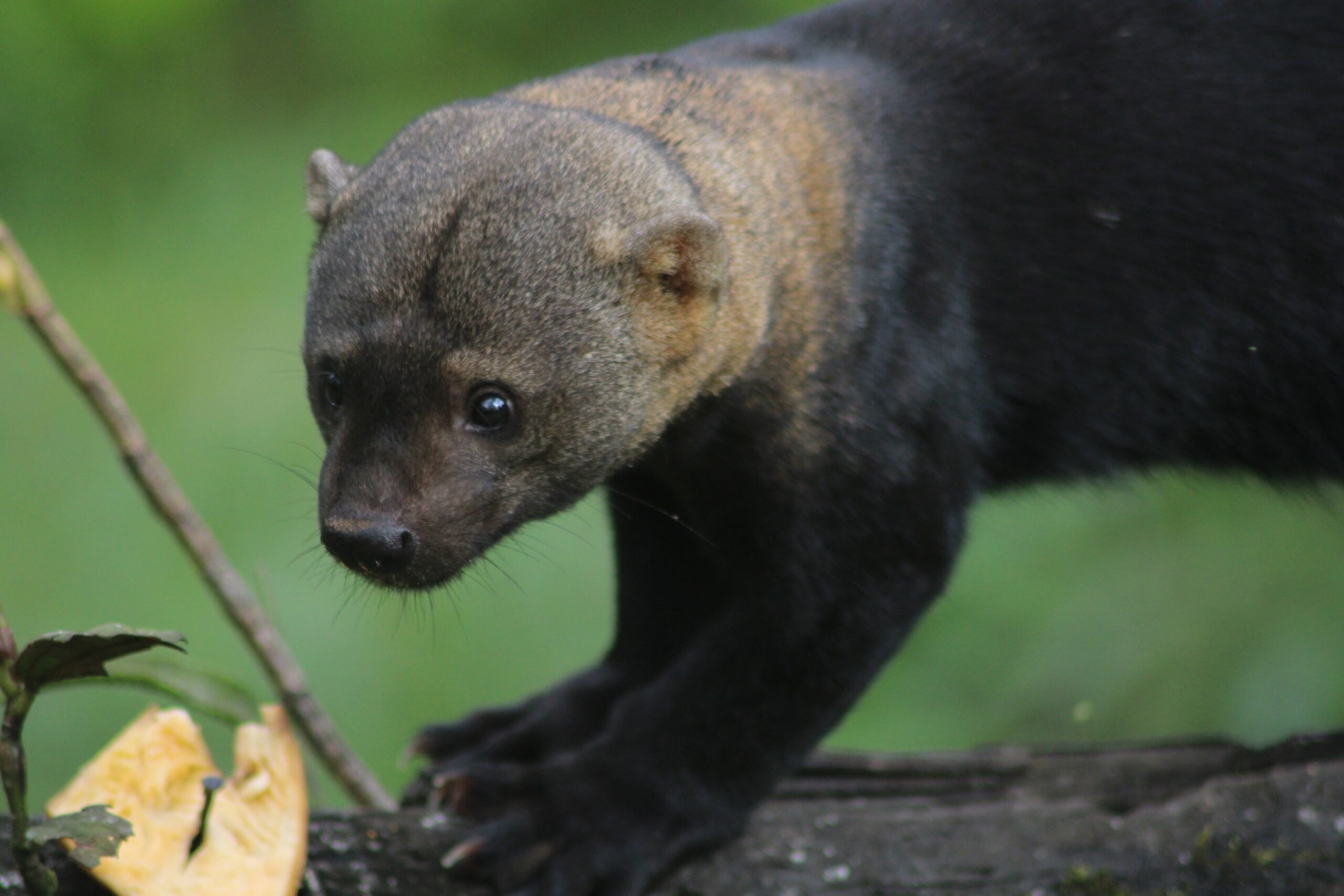
The Tayra is a sleek, agile mammal found in Central and South American rainforests. It has a long, slender body, with short, dark fur and a bushy tail. Tayras are excellent climbers and spend much of their time foraging in trees. They are omnivores, feeding on fruits, small mammals, and even insects. Their sharp claws and keen sense of smell make them efficient hunters, while their adaptability allows them to thrive in various forest environments.
Long-Tailed Weasel

The Long-Tailed Weasel is a small, slender predator with a distinctive long tail. Its fur is typically brown with white underparts, providing good camouflage in the forest. These weasels are highly territorial and are known for their aggressive hunting behavior. They primarily feed on small rodents, birds, and insects. Despite their small size, Long-Tailed Weasels are fierce and agile hunters, capable of taking down prey larger than themselves.
Patagonian Mara
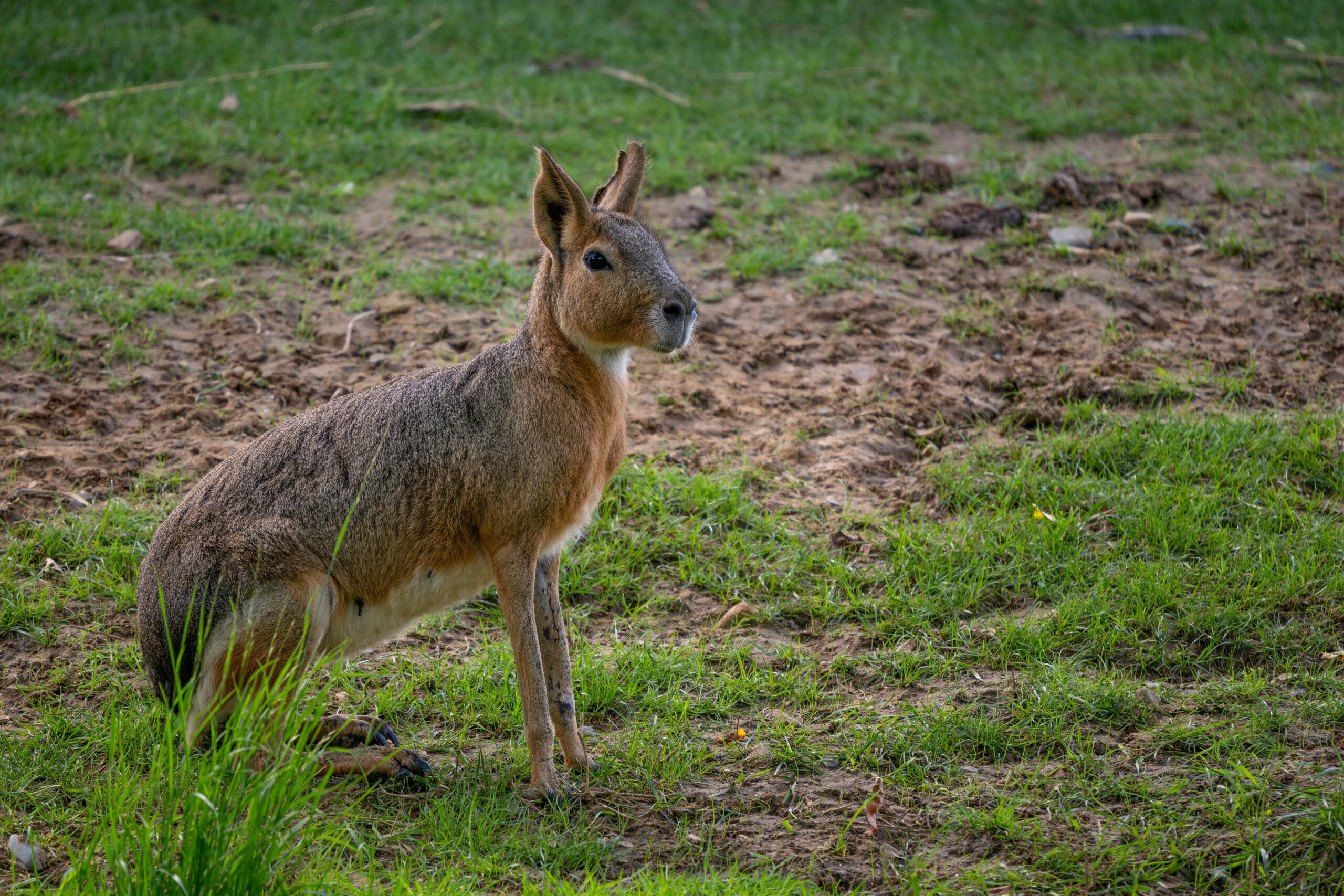
The Patagonian Mara is a unique, rabbit-like mammal found in Argentina’s rainforests. It has long ears, strong hind legs, and a stocky body. Unlike most rodents, it has an almost deer-like appearance, with large, expressive eyes. These herbivores feed on grasses, shrubs, and cacti, playing a key role in shaping the vegetation of their environment. They are social animals, often seen in pairs or small groups, and communicate through various vocalizations.
Giant Armadillo
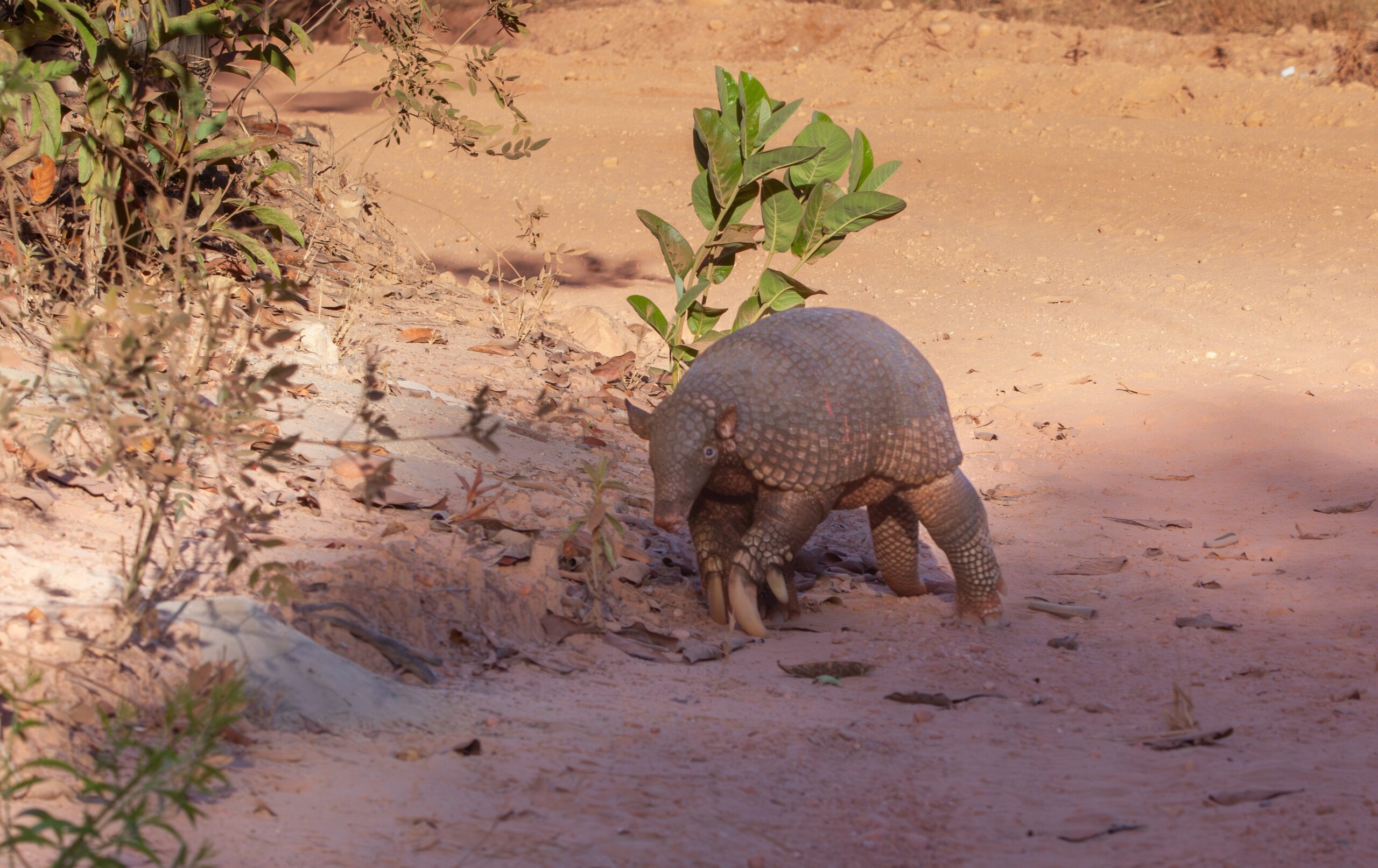
The Giant Armadillo is a massive, armored mammal that roams the rainforests of South America. It has a hard, protective shell made of bony plates, which it uses to defend itself against predators. This nocturnal animal digs deep burrows to rest during the day and emerges at night to forage for insects, especially ants and termites. Its large claws are perfect for tearing into termite mounds and digging for food. Despite its heavy appearance, it moves quietly and efficiently through the forest.
Dusky Pademelon
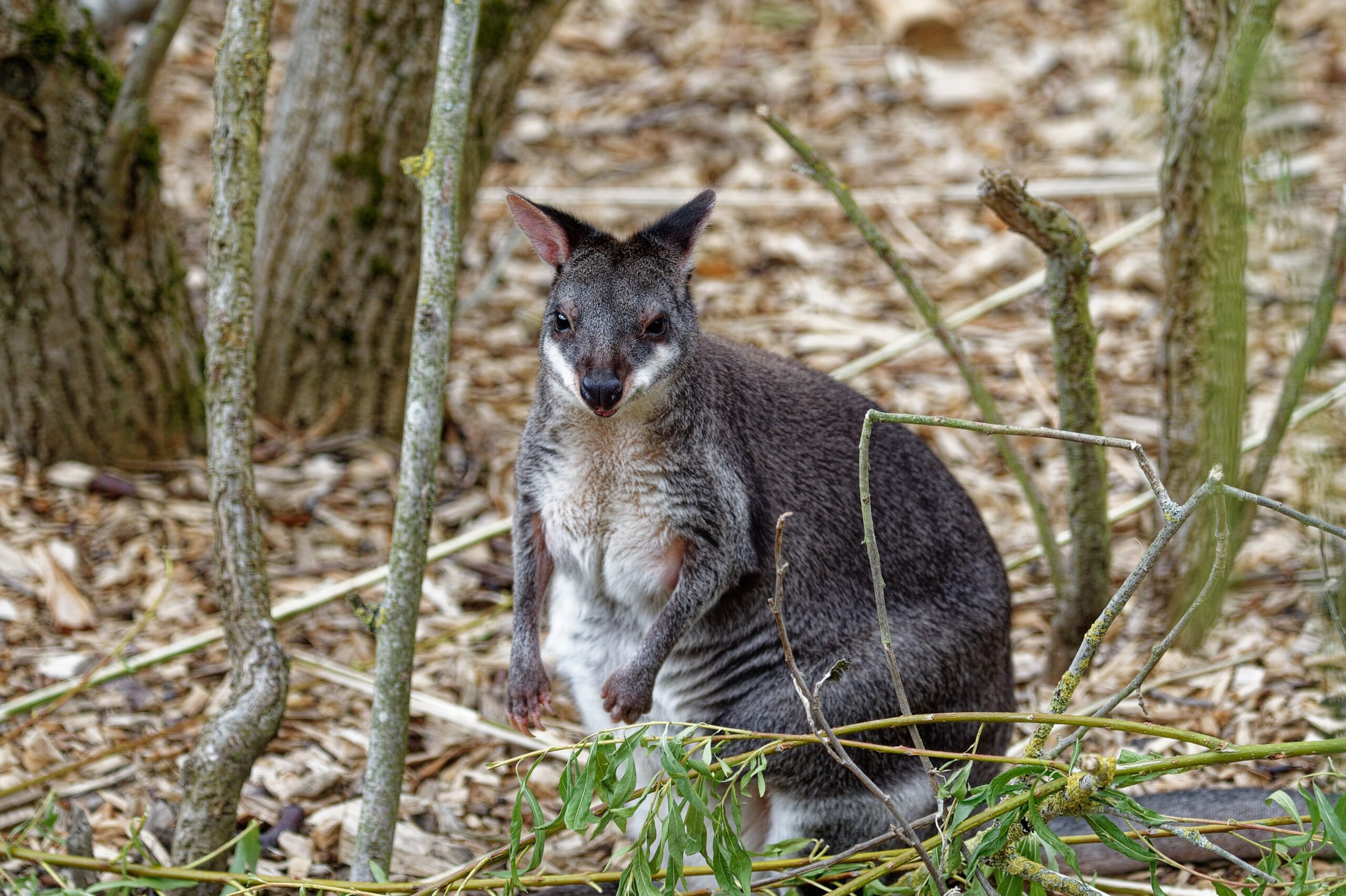
The Dusky Pademelon is a small marsupial native to the rainforests of New Guinea and parts of Australia. It has a short, stocky body covered in thick, dark fur, and a long tail used for balance. This shy and nocturnal creature feeds on leaves, fruits, and flowers, playing a vital role in seed dispersal. Dusky Pademelons are solitary and are often found foraging on the forest floor. Their ability to move swiftly through dense underbrush helps them avoid predators.
Northern Treeshrew
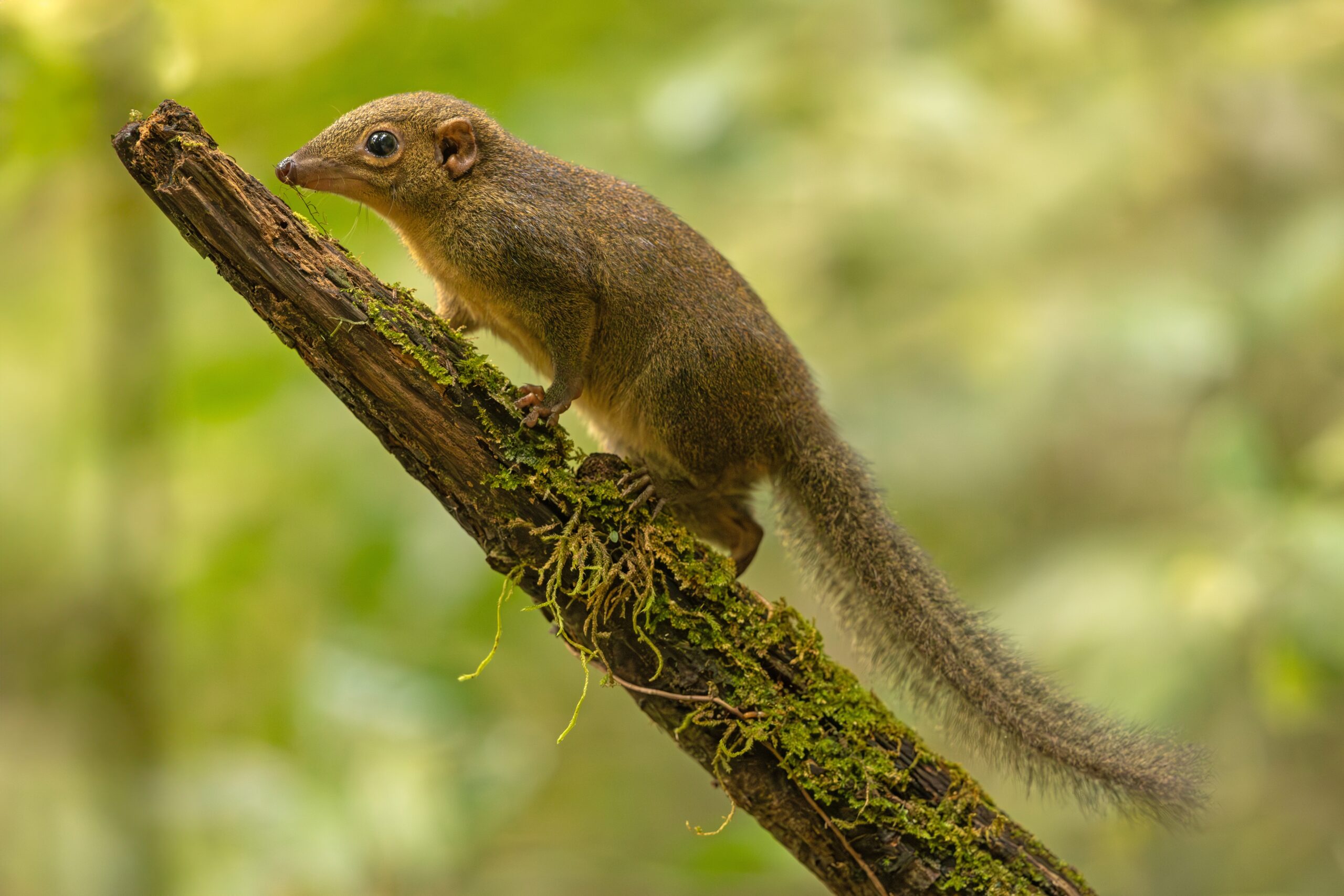
The Northern Treeshrew is a small, squirrel-like mammal with a long snout and sharp claws. Found in the dense forests of Southeast Asia, it is known for its high metabolic rate and constant foraging. This tiny creature feeds mainly on insects and fruits, playing a critical role in pest control. Despite its name, the Northern Treeshrew is not a true shrew but belongs to a distinct family of mammals. Its sharp senses and quick reflexes make it a highly efficient forager.
Malayan Civet
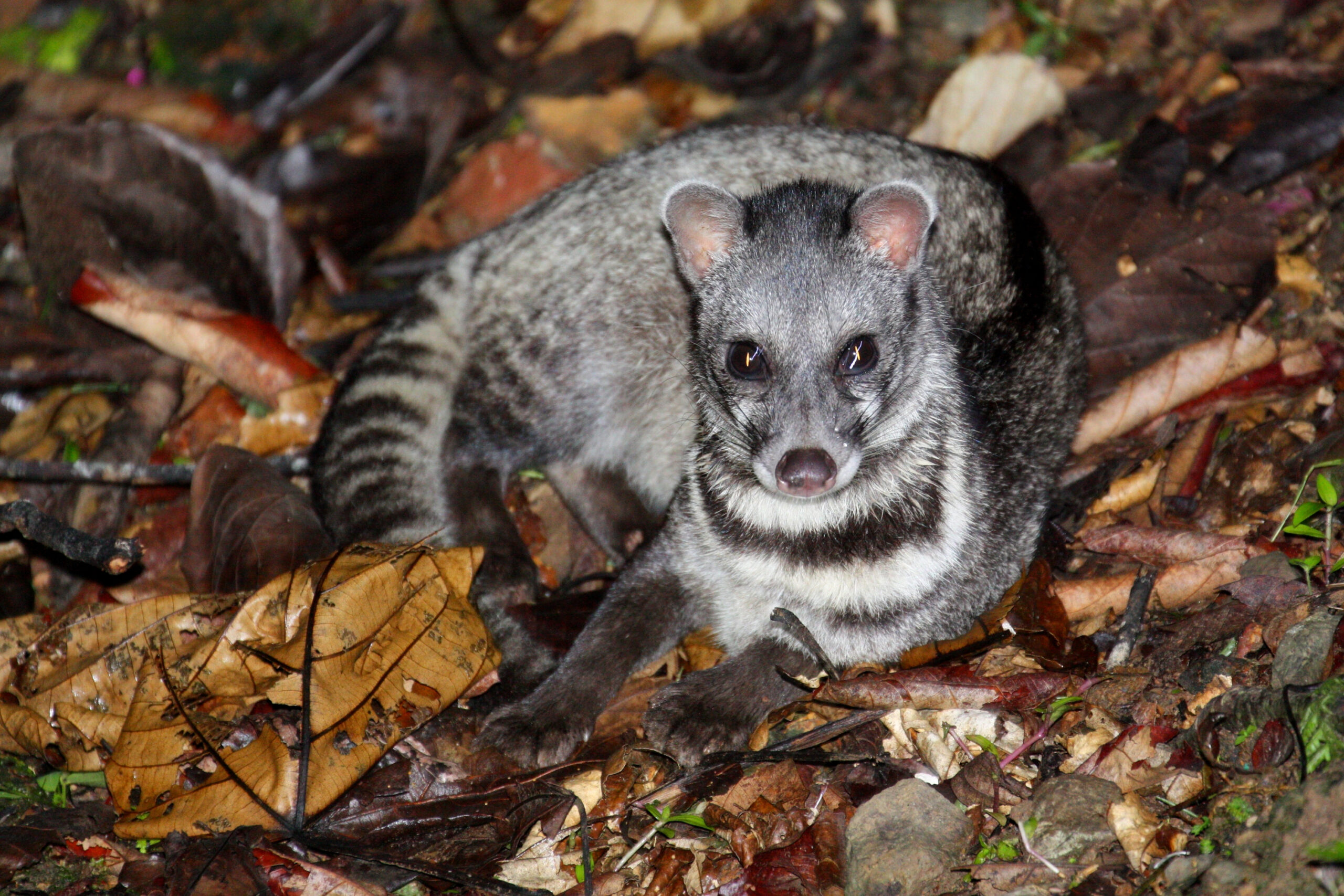
The Malayan Civet is a medium-sized carnivorous mammal with a long, slender body and a distinctive banded tail. Found in the rainforests of Southeast Asia, it is a nocturnal animal that hunts small prey such as birds, rodents, and insects. It also feeds on fruits, making it an important seed disperser in its habitat. The Malayan Civet is solitary and highly secretive, often seen only at night. Its sharp claws and keen sense of smell make it a skilled hunter.
Kinkajou
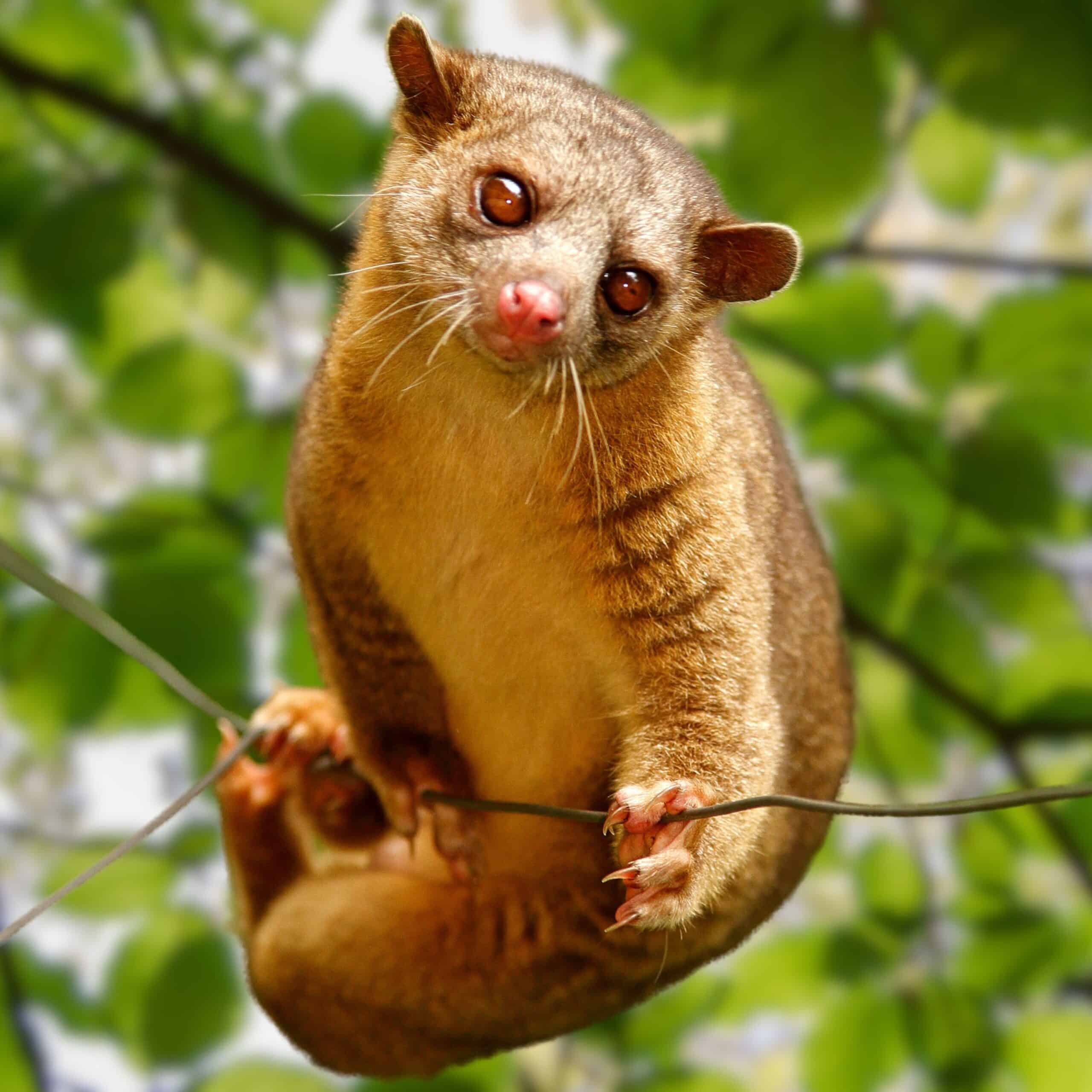
The Kinkajou is a small, arboreal mammal native to Central and South American rainforests. It has a long, prehensile tail that it uses to grip branches as it moves through the trees. Its thick, golden-brown fur and large eyes give it a distinct appearance. Kinkajous are nocturnal and primarily frugivores, feeding on a variety of fruits and nectar. They have a long, slender tongue that helps them reach deep into flowers for nectar, contributing to pollination in the rainforest.
Binturong
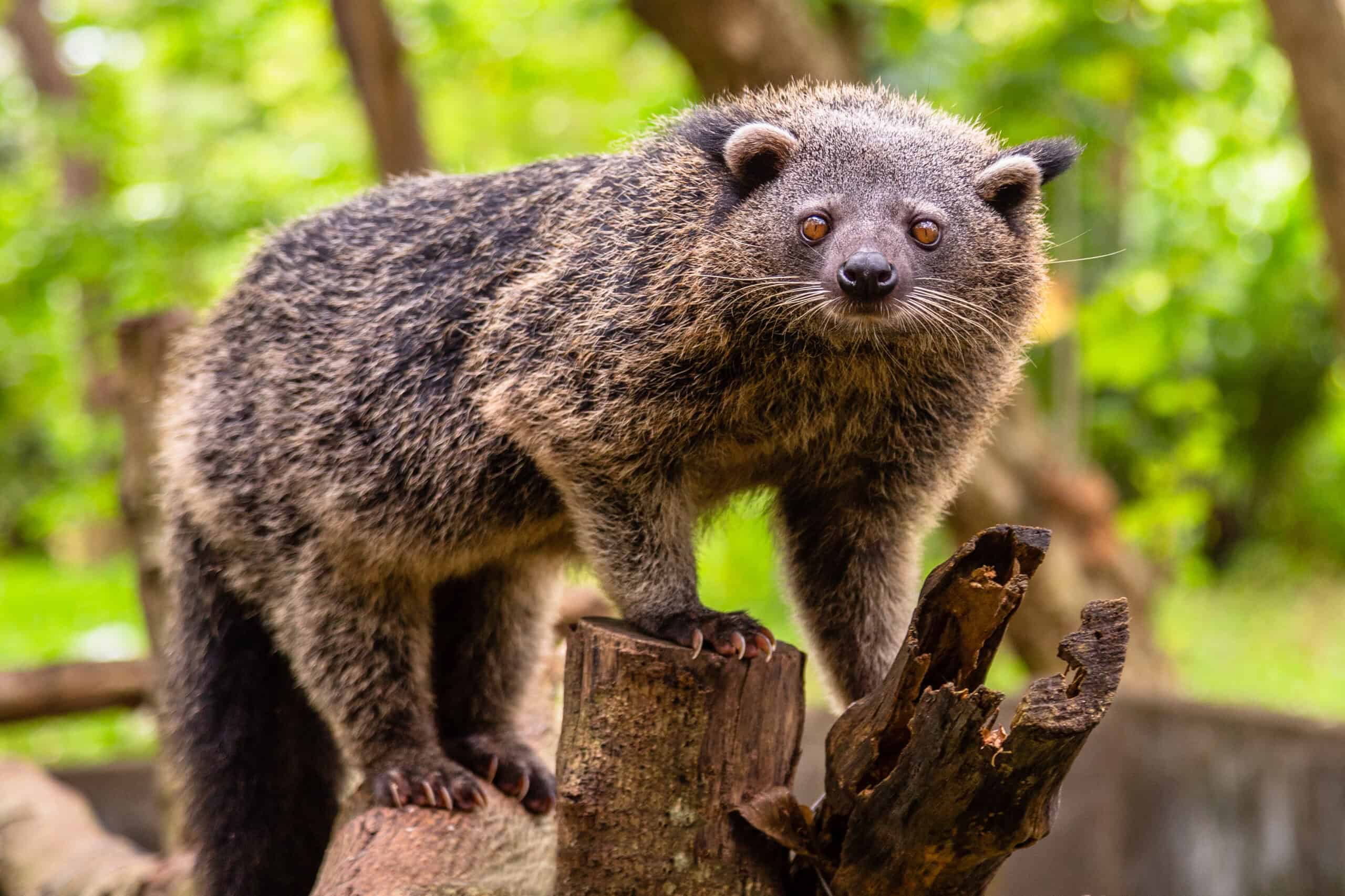
The Binturong, often called the “bearcat,” is a large, tree-dwelling mammal native to Southeast Asian rainforests. It has thick, shaggy fur and a long, prehensile tail that helps it navigate the forest canopy. Binturongs are omnivores, feeding on fruits, small animals, and eggs. They are known for their unique scent, which smells like popcorn, used to mark their territory. Despite their bulky appearance, Binturongs are agile climbers and spend most of their time in the trees.
Aye-Aye

The Aye-Aye is a nocturnal primate found only in the rainforests of Madagascar. It has large eyes, bat-like ears, and a long, bony middle finger. This finger is used to tap on trees to locate insects, which the Aye-Aye extracts by gnawing into the bark. Its appearance is quite unusual, often mistaken for a rodent. The Aye-Aye plays a vital role in controlling insect populations, especially wood-boring larvae.
Agile Gibbon
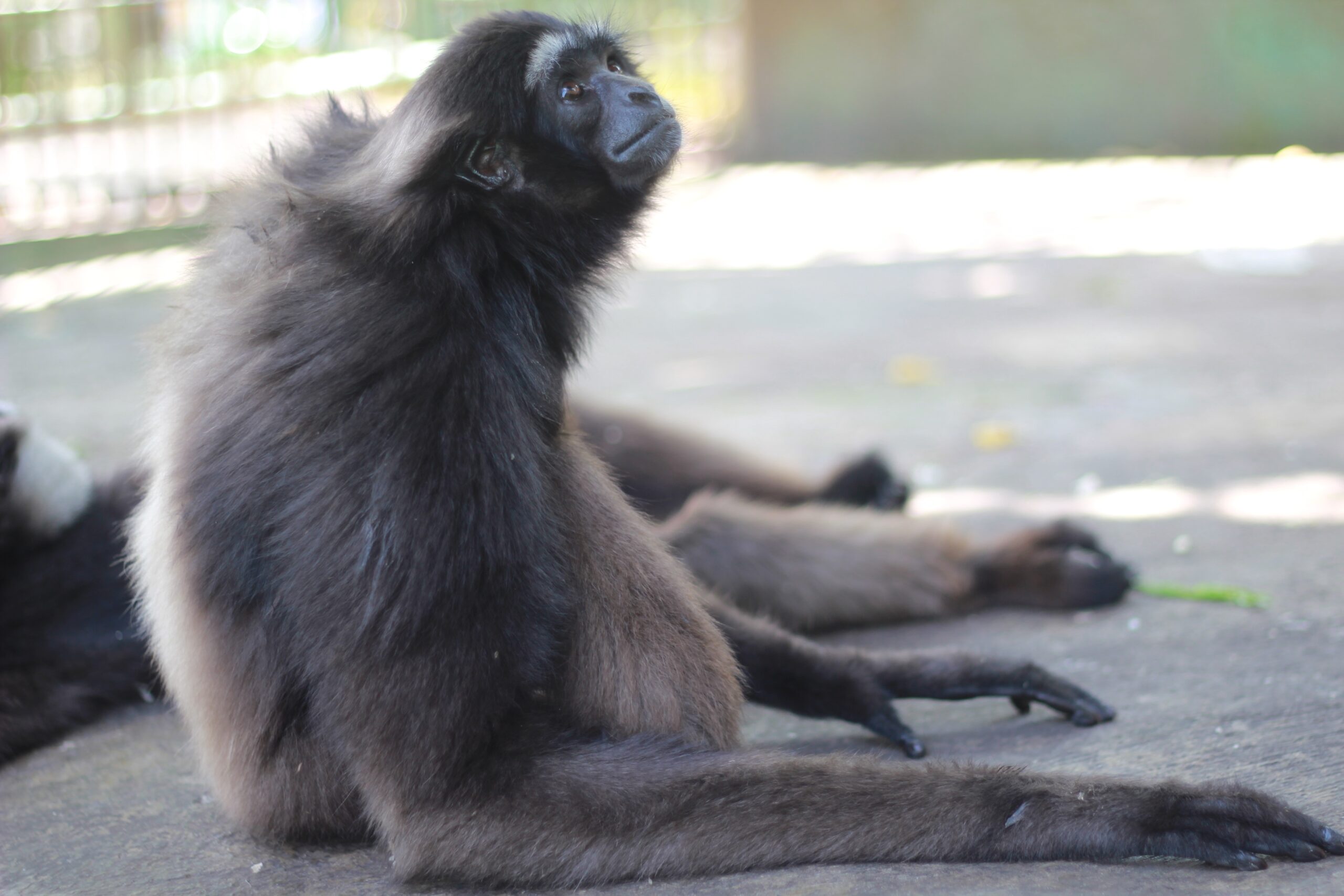
The Agile Gibbon is a small, fast-moving primate found in the dense rainforests of Southeast Asia. It has long arms and a lightweight body, allowing it to swing effortlessly from branch to branch. This gibbon is known for its acrobatic movements and its loud, distinctive calls used to communicate across the forest. Agile Gibbons are primarily frugivores, eating fruits and leaves, but they may also consume insects. They are highly social animals, living in small family groups.
Bearded Saki Monkey
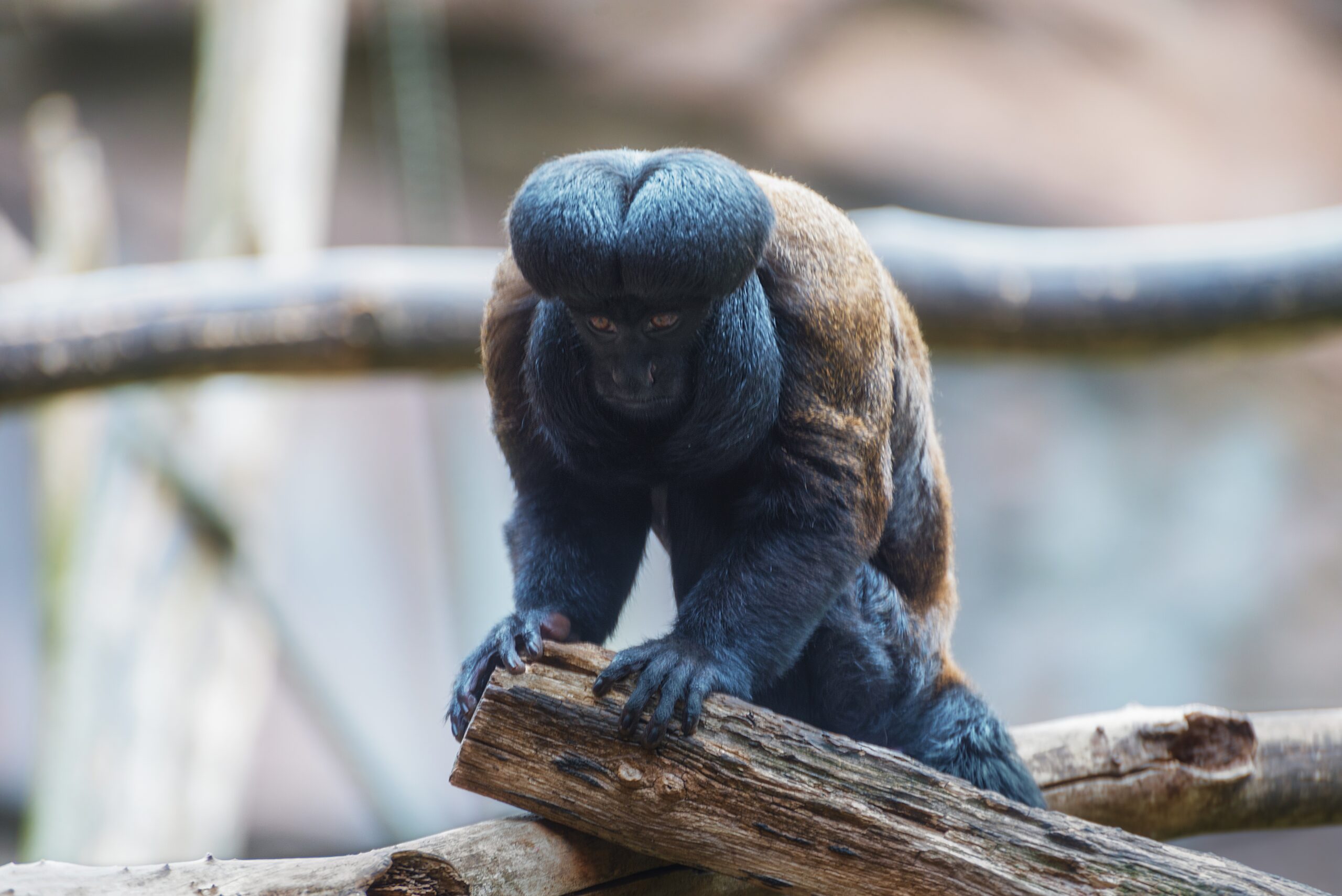
The Bearded Saki Monkey is a large, robust primate found in the rainforests of South America. It has a thick, shaggy coat and a prominent beard, giving it its name. Bearded Sakis are known for their powerful jaws, which they use to crack open hard nuts and seeds. They live in large groups and are highly social, often seen foraging in the treetops. These monkeys play an essential role in seed dispersal throughout the forest.
Woolly Opossum
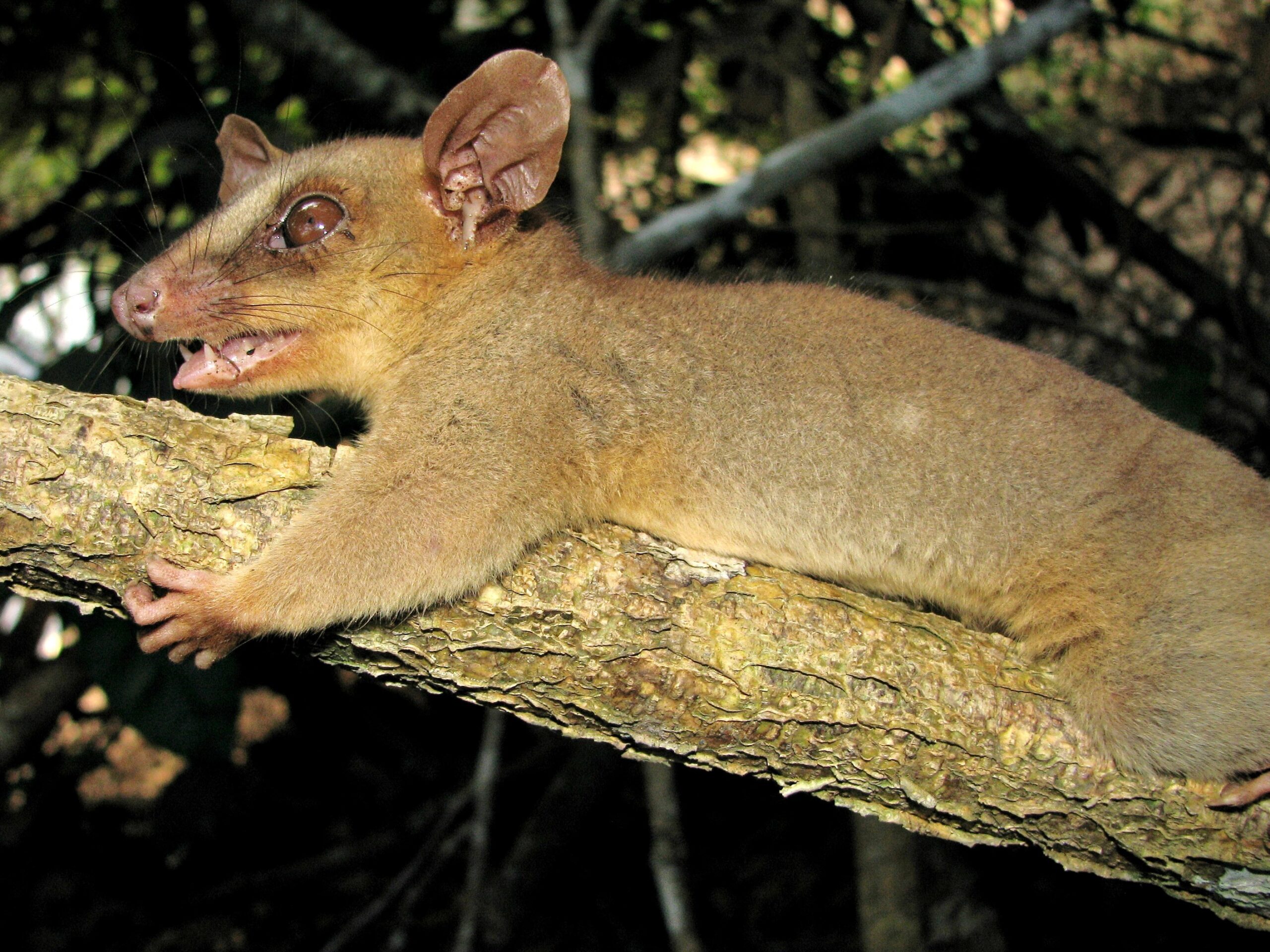
The Woolly Opossum is a small marsupial native to the rainforests of Central and South America. It has soft, wool-like fur and a prehensile tail used for climbing. Woolly Opossums are nocturnal and arboreal, spending most of their lives in the treetops. They feed on fruits, insects, and small vertebrates, playing a key role in pest control. Their solitary nature and elusive behavior make them difficult to spot in the wild.
Amazonian Manatee

The Amazonian Manatee is a large aquatic mammal found only in the rivers and flooded forests of the Amazon Basin. It has a smooth, thick body and flippers adapted for swimming through dense vegetation. This herbivorous mammal feeds on aquatic plants, consuming large quantities daily to sustain its massive size. Amazonian Manatees are slow-moving and gentle, often seen grazing in shallow waters. Their presence helps control the growth of aquatic vegetation, maintaining the balance of the ecosystem.
Greater Grison
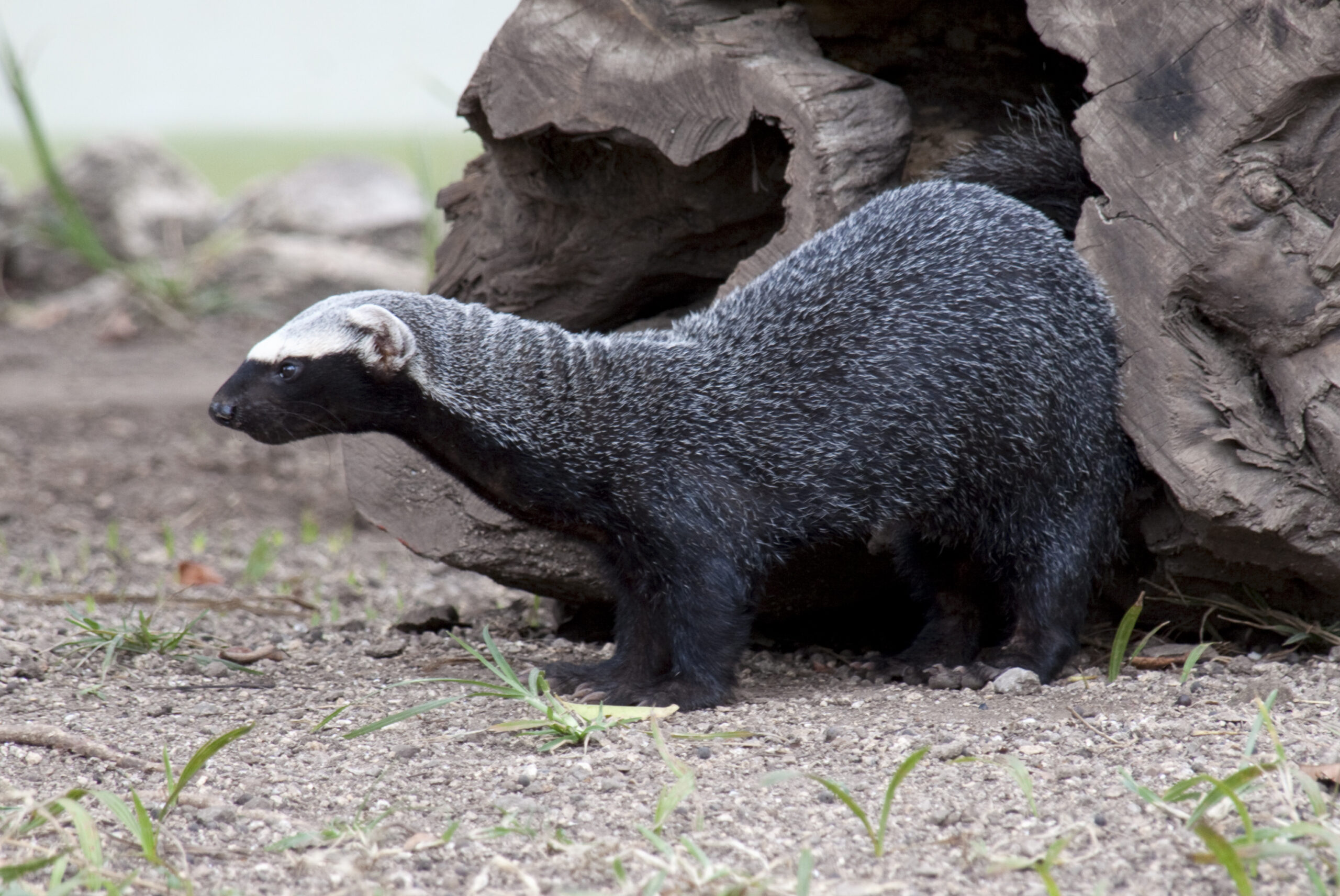
The Greater Grison is a carnivorous mammal found in the dense rainforests of Central and South America. It has a long, slender body, short legs, and sharp claws used for hunting. Its fur is dark on the back with a lighter underbelly, offering camouflage in the forest. Greater Grisons are skilled hunters, preying on small mammals, birds, and reptiles. They are solitary animals and are known for their fierce temperament despite their small size.
Margay
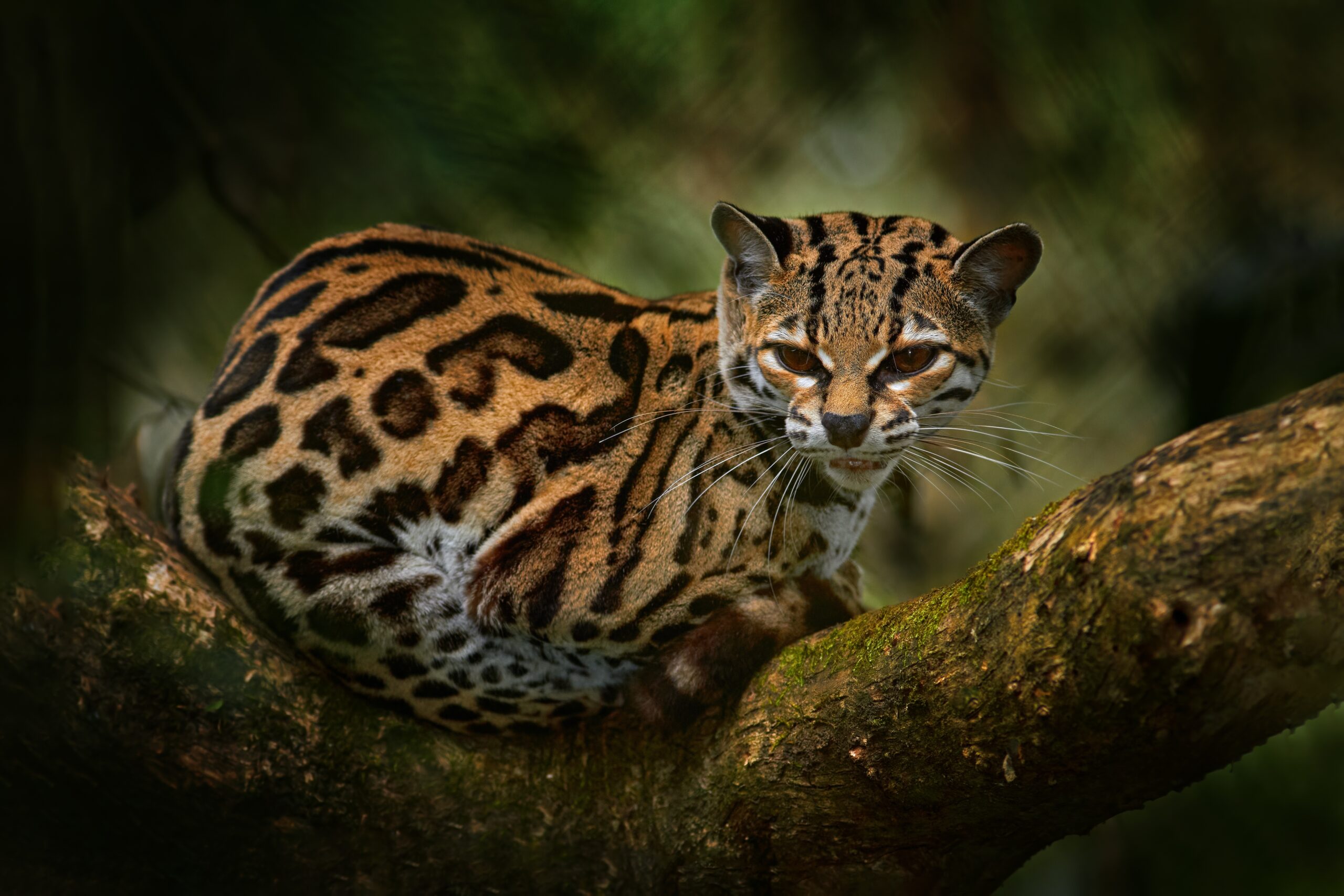
The Margay is a small, spotted wildcat native to the rainforests of Central and South America. It has large eyes and soft, dappled fur that helps it blend into its surroundings. Unlike most cats, the Margay is highly arboreal, spending much of its time in trees. It has flexible ankle joints, allowing it to climb headfirst down tree trunks. Margays are nocturnal and solitary hunters, feeding on birds, small mammals, and reptiles.
White-Lipped Peccary

The White-Lipped Peccary is a medium-sized, pig-like mammal native to Central and South American rainforests. It has coarse, dark fur and a distinctive white patch around its mouth. These animals live in large herds, often seen moving through the forest in search of food. They primarily feed on fruits, roots, and small plants, playing a vital role in seed dispersal. Known for their strong social bonds, they communicate through grunts and scent marking.
Golden-Headed Lion Tamarin
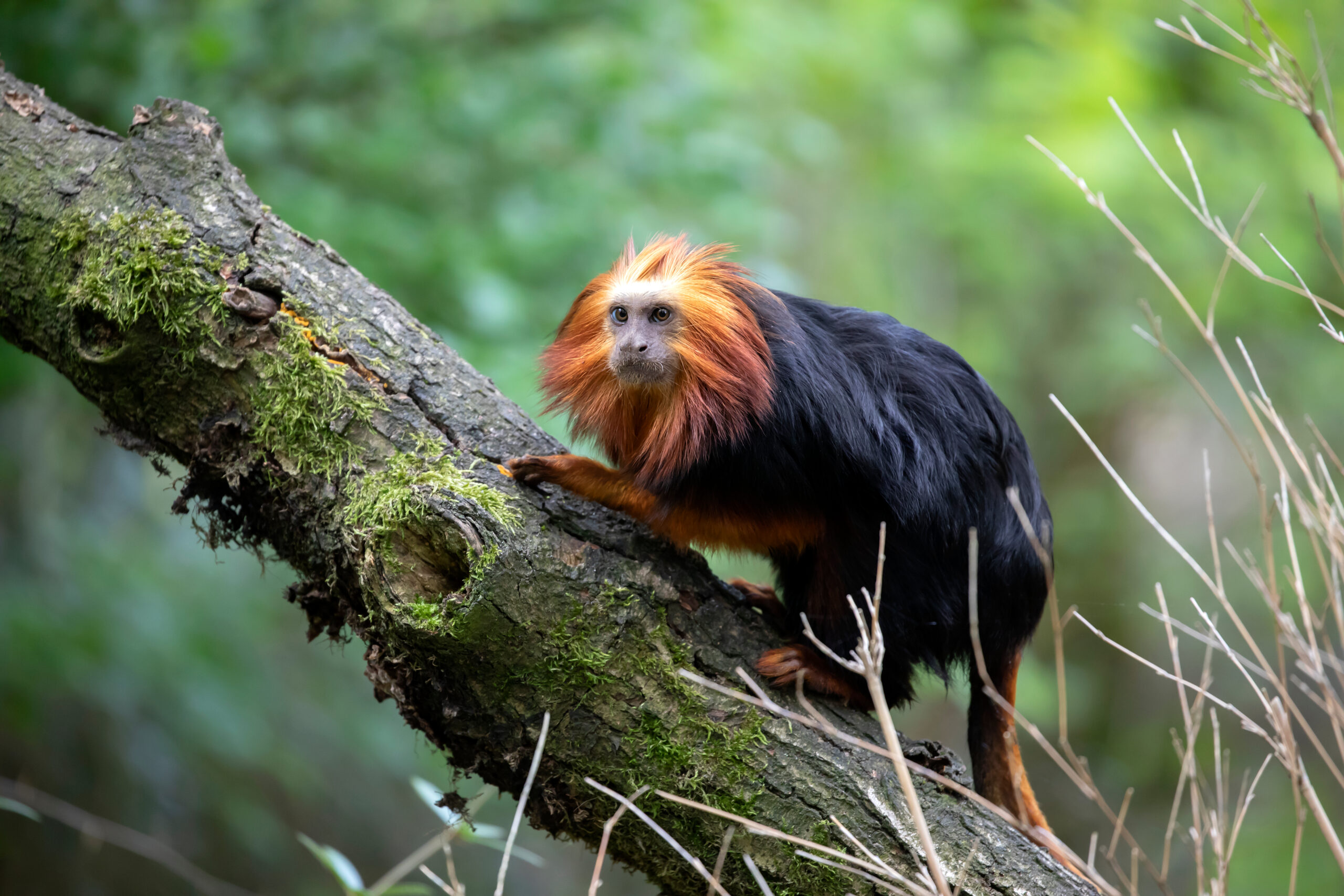
The Golden-Headed Lion Tamarin is a striking, small primate found only in Brazil’s Atlantic rainforests. It has bright golden fur on its head, giving it a mane-like appearance. Tamarins are arboreal, leaping through the treetops in search of fruits, insects, and small vertebrates. They live in small family groups and are highly territorial. Their long fingers and claws help them extract food from tree bark and crevices.
Brown-Throated Sloth
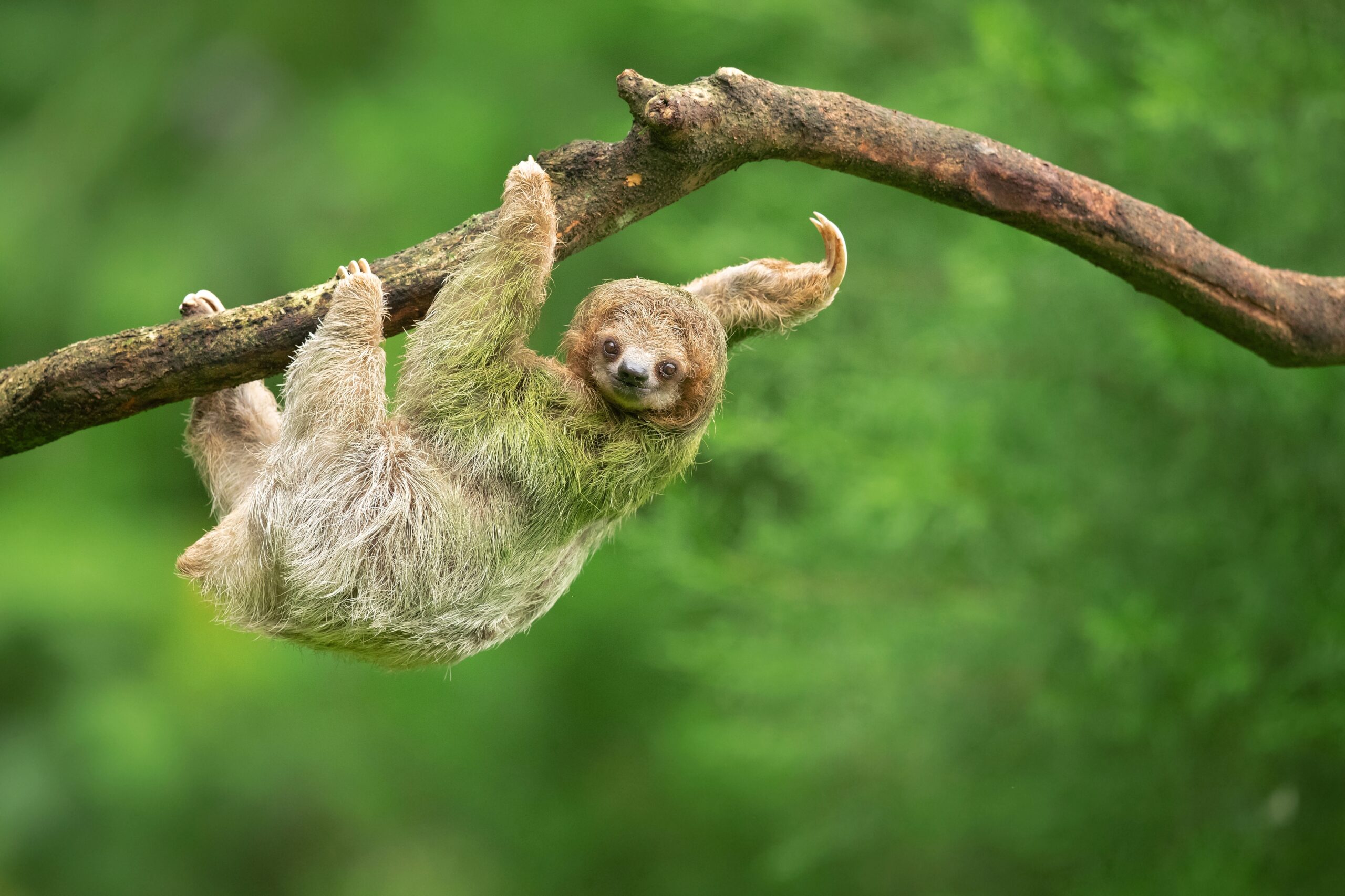
The Brown-Throated Sloth is a slow-moving, tree-dwelling mammal found in Central and South America. It has shaggy fur, often covered in algae, which helps it blend into its environment. These sloths feed primarily on leaves, which they digest slowly due to their low metabolism. They spend most of their lives hanging upside down from tree branches. Despite their sluggish appearance, they are excellent swimmers and will often move through rivers to find new territories.
Sunda Colugo
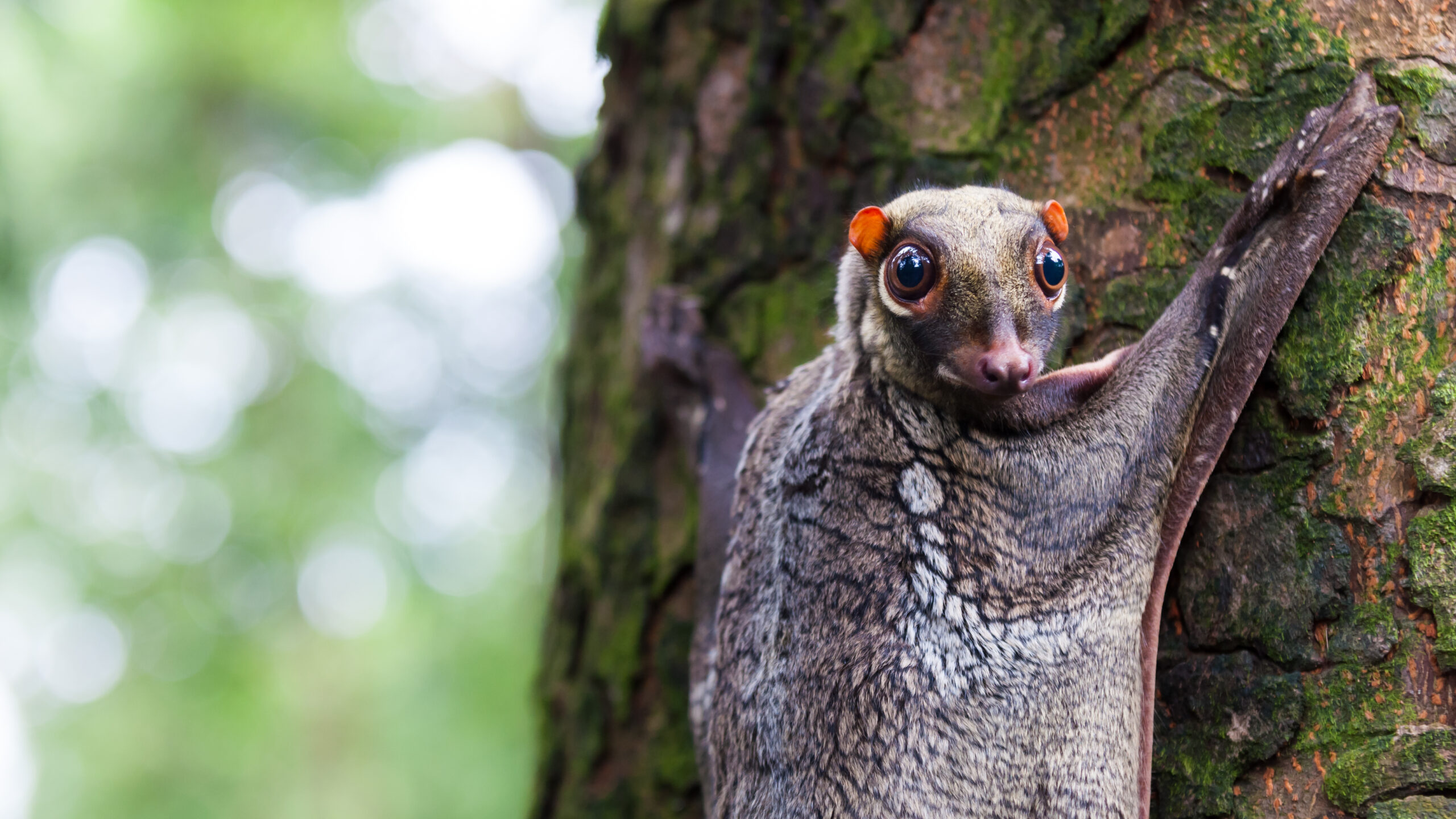
The Sunda Colugo, also known as the flying lemur, is a gliding mammal native to Southeast Asia’s rainforests. It has large, membrane-covered limbs that allow it to glide long distances between trees. Colugos are nocturnal, feeding on young leaves, flowers, and fruits. They are highly adapted to life in the canopy, where they move slowly but efficiently. Despite their name, they are not true lemurs, but a unique species of gliding mammals.
Spectral Tarsier
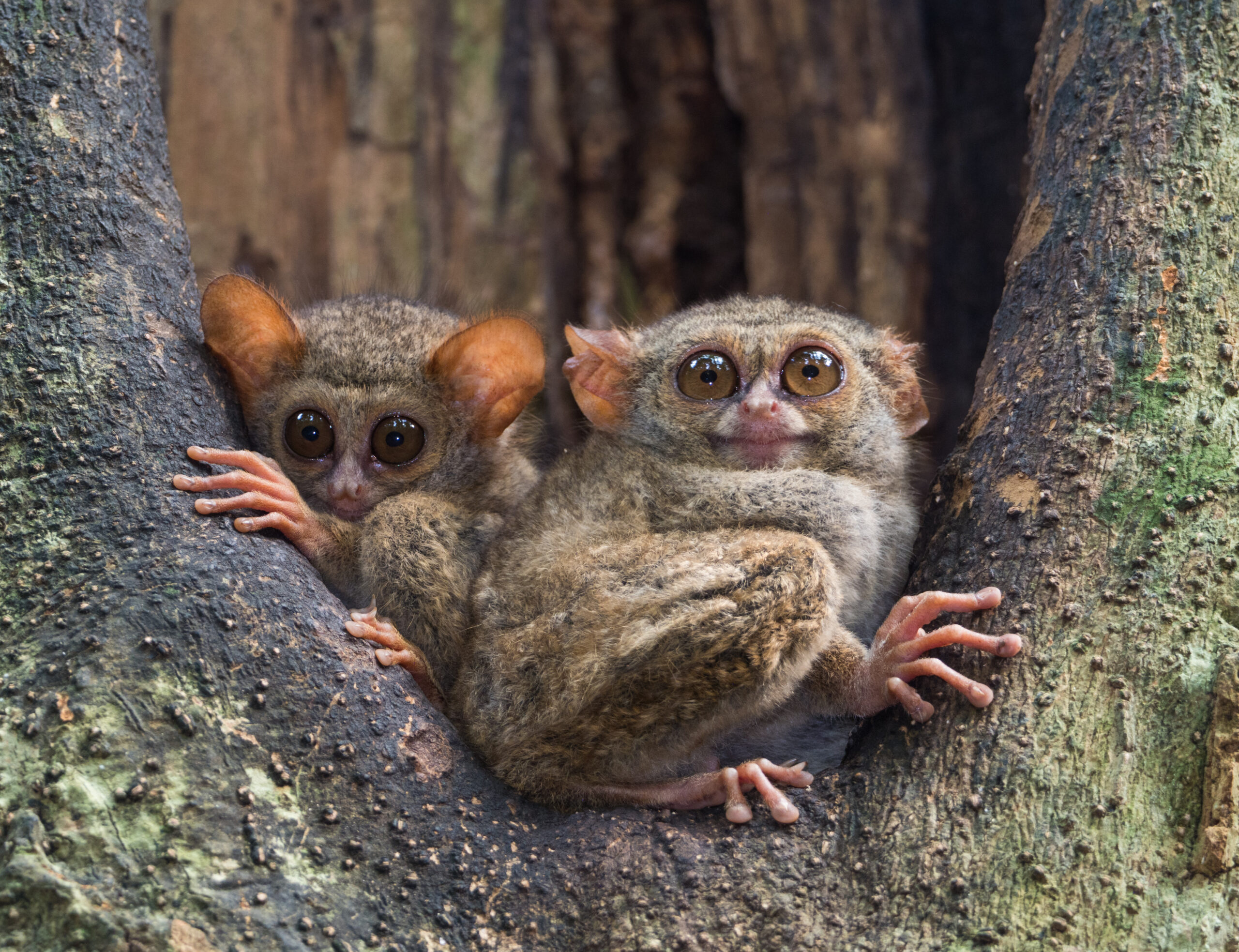
The Spectral Tarsier is a small, nocturnal primate found in the rainforests of Indonesia. It has large, round eyes adapted for night vision and long fingers for grasping branches. Tarsiers are insectivores, using their sharp teeth to catch and eat prey. They are known for their incredible jumping ability, which helps them move quickly between trees. Their large eyes and quiet movements make them excellent nighttime hunters.
Tree Pangolin
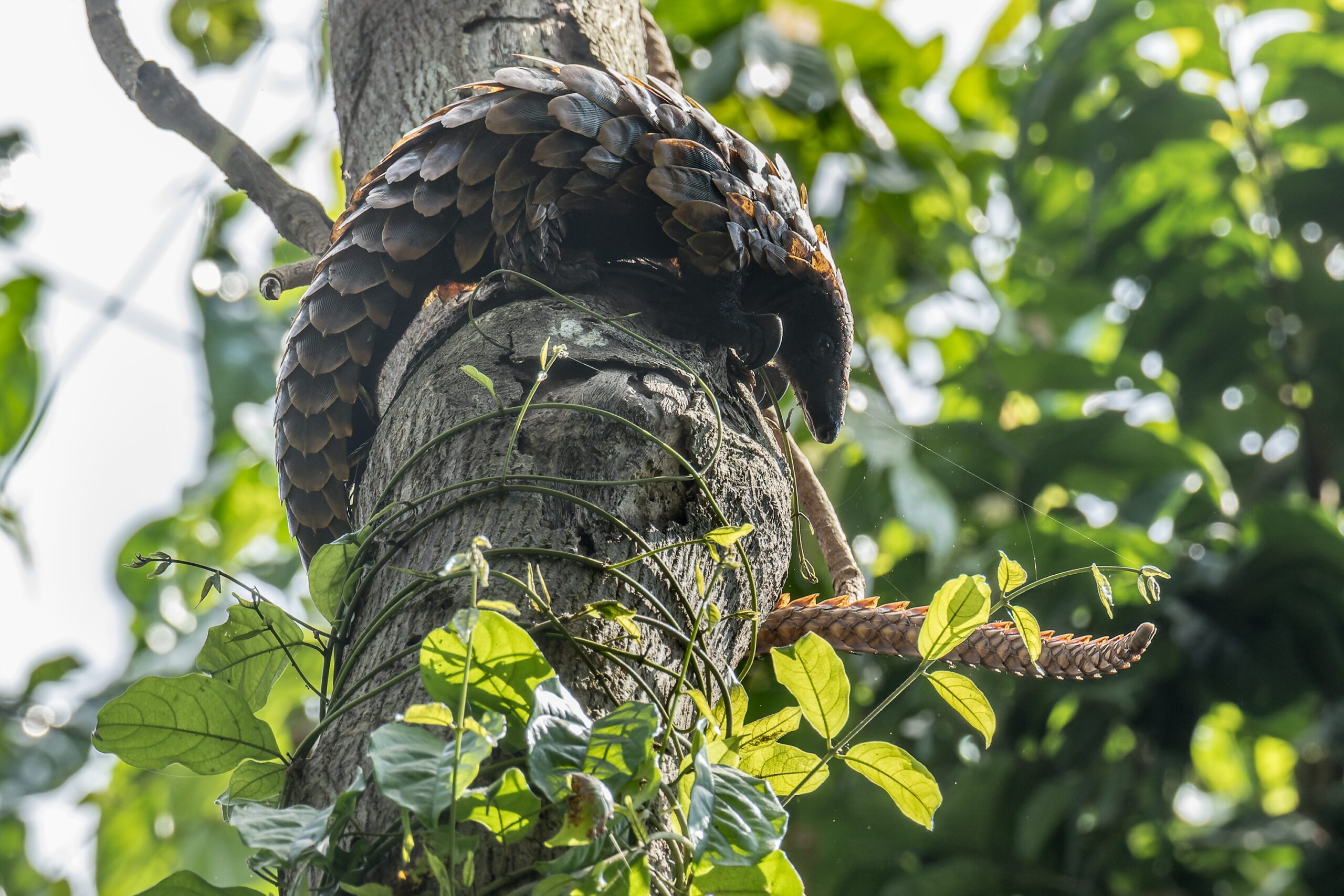
The Tree Pangolin is a scaly, insect-eating mammal found in the rainforests of Africa. It has a long, prehensile tail that helps it climb trees in search of ants and termites. Its body is covered in protective, overlapping scales made of keratin. Pangolins are nocturnal and use their long, sticky tongues to extract insects from nests. Despite their tough exterior, they are highly vulnerable to poaching due to the value of their scales in illegal trade.
This article originally appeared on Rarest.org.
More from Rarest.org
20 Graceful Marine Mammals That Glide Through the Ocean’s Depths
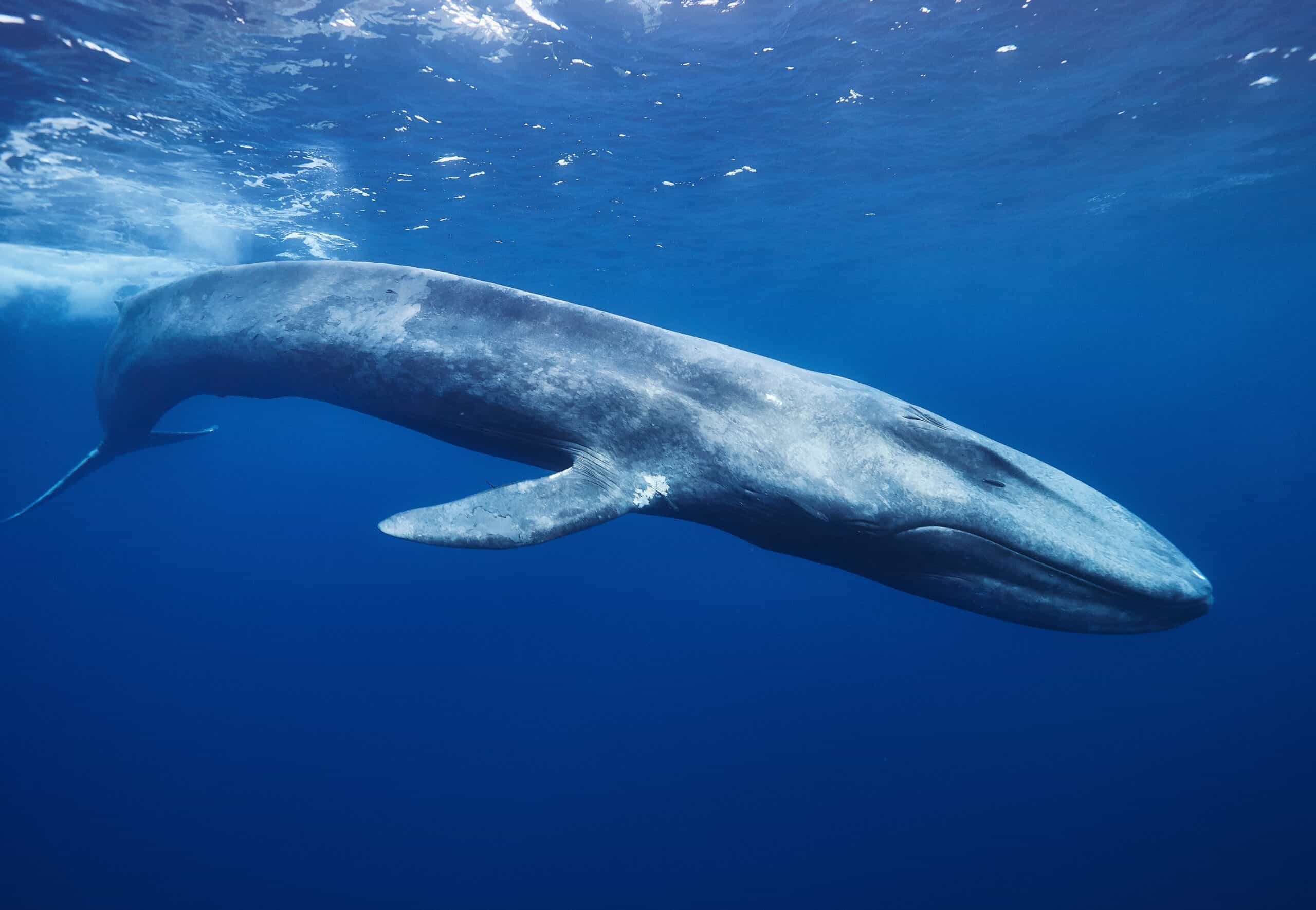
The ocean is home to some of the most graceful creatures on Earth. Marine mammals glide effortlessly through its depths, showcasing their beauty and power. Read More.
13 Unique Cuisines From Isolated Regions Around the World

The world is full of culinary treasures, with some of the most unique flavors found in the most remote places. Read More.
10 Unusual Traditions Practiced by Remote Mountain Communities
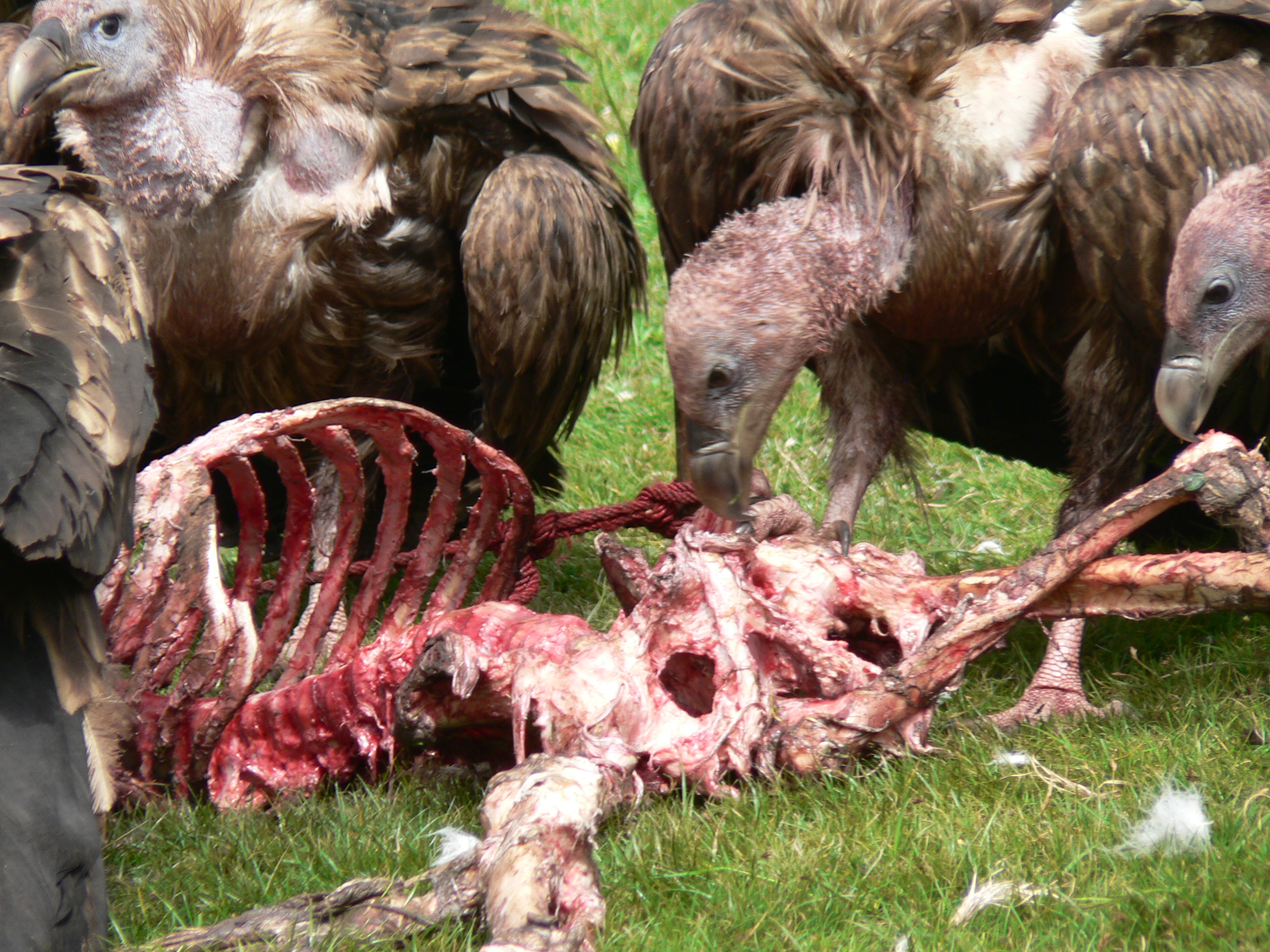
Remote mountain communities are home to some of the world’s most unusual and ancient traditions. Read More.
